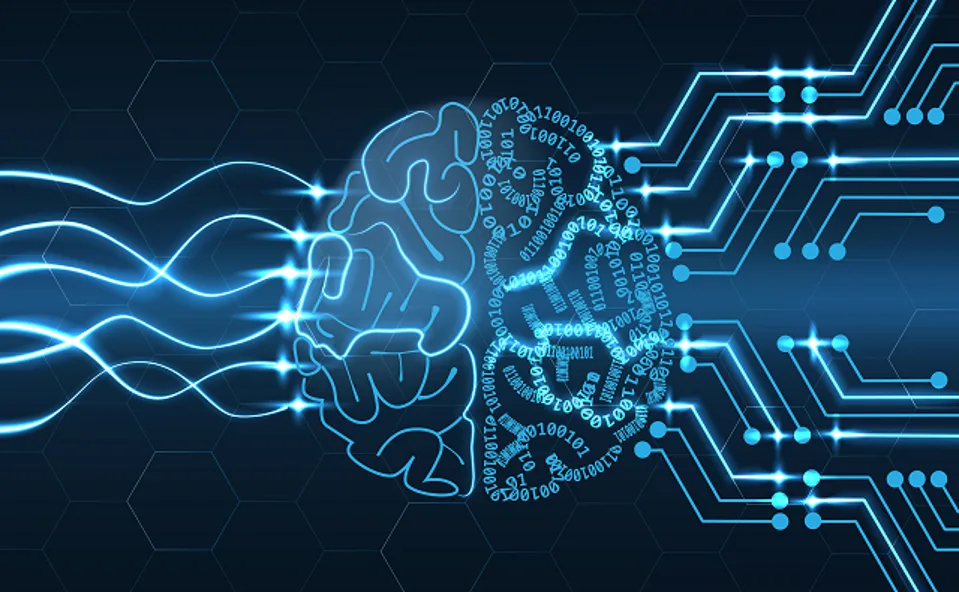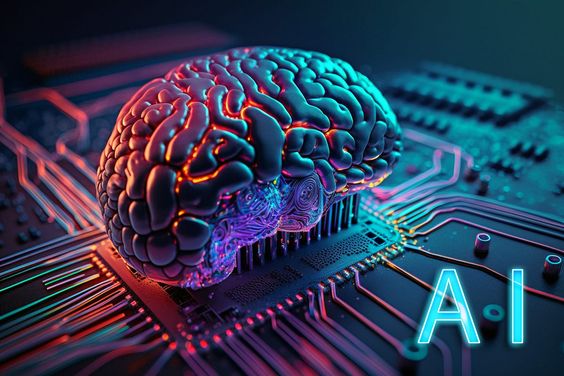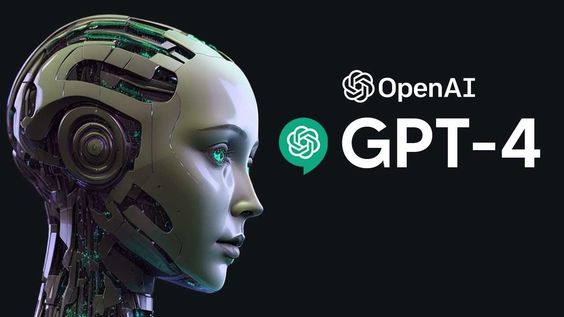AI Language Models: Revolutionizing Human-Computer Interaction
Artificial Intelligence (AI) language models are transforming the way we interact with technology. These sophisticated models, which power applications like chatbots, virtual assistants, and automated content generation tools, are reshaping industries and redefining communication. This article explores the world of AI language models, their evolution, applications, and the future impact on human-computer interaction.

AI language models are a subset of artificial intelligence designed to understand, generate, and interpret human language. They are built using large-scale neural networks trained on vast datasets of text, enabling them to perform tasks such as language translation, text completion, and sentiment analysis. These models rely on techniques like deep learning and natural language processing (NLP) to generate human-like text responses.
The most notable AI language models include OpenAI's GPT series (Generative Pre-trained Transformer), Google's BERT (Bidirectional Encoder Representations from Transformers), and Facebook's RoBERTa (A Robustly Optimized BERT Pretraining Approach). These models have set new benchmarks in language understanding and generation, pushing the boundaries of what AI can achieve.
The Evolution of AI Language Models
Early NLP Models
The journey of AI language models began with rule-based systems and statistical methods that provided basic language processing capabilities. These early models, such as n-grams and Hidden Markov Models (HMMs), were limited by their reliance on hand-crafted rules and lacked the ability to understand context effectively.
The Rise of Neural Networks
The advent of neural networks marked a significant leap in the development of AI language models. Recurrent Neural Networks (RNNs) and Long Short-Term Memory (LSTM) networks allowed models to process sequences of text, making them better suited for tasks like machine translation and sentiment analysis. However, these models still struggled with long-term dependencies and context retention.
The Transformer Revolution
The introduction of the Transformer architecture in 2017 by Vaswani et al. revolutionized AI language models. Transformers eliminated the need for sequential data processing, enabling parallelization and significantly improving the efficiency and scalability of language models. This breakthrough led to the development of models like GPT, BERT, and others, which have since become the standard in NLP.
Applications of AI Language Models
Chatbots and Virtual Assistants
AI language models power chatbots and virtual assistants, enabling them to understand and respond to user queries in natural language. These models are used in customer support, personal assistants like Siri and Alexa, and conversational agents in various industries. Their ability to provide real-time, context-aware responses has made them indispensable in enhancing user experiences.
Content Creation and Curation
AI language models are transforming content creation by generating high-quality text for various purposes. From writing articles and blog posts to creating product descriptions and social media content, these models are capable of producing coherent and contextually relevant text. They also assist in content curation by summarizing large volumes of information, helping businesses stay updated with the latest trends.
Language Translation
Language translation has been significantly improved by AI language models like Google Translate. These models leverage deep learning to provide more accurate and context-aware translations, bridging language barriers and enabling seamless communication across different languages. The ability to understand nuances and idiomatic expressions has made AI language models essential tools for global communication.
Sentiment Analysis and Market Research
AI language models play a crucial role in sentiment analysis, helping businesses gauge public opinion and customer sentiment. By analyzing text data from social media, reviews, and surveys, these models can identify positive, negative, or neutral sentiments, providing valuable insights for marketing strategies and product development.
Personalized Recommendations
AI language models are used to generate personalized recommendations in e-commerce, entertainment, and other industries. By analyzing user behavior and preferences, these models suggest products, movies, music, and other content tailored to individual tastes, enhancing the user experience and driving engagement.
Challenges and Ethical Considerations
Bias in AI Language Models
One of the major challenges with AI language models is the presence of bias in their outputs. Since these models are trained on vast amounts of text data from the internet, they can inadvertently learn and reproduce biases present in the training data. This can lead to biased or unfair outcomes, particularly in sensitive applications like hiring, law enforcement, or content moderation.
Misinformation and Fake News
AI language models have the potential to generate misinformation or fake news at scale. The ability to produce human-like text means that these models could be exploited to create convincing but false content, posing a significant threat to information integrity and public trust.
Data Privacy and Security
The use of AI language models raises concerns about data privacy and security. These models often require access to large datasets, some of which may contain sensitive information. Ensuring that AI systems handle data responsibly and adhere to privacy regulations is critical to maintaining user trust.
The Future of AI Language Models
Advancements in Model Efficiency
As AI language models continue to evolve, there is a growing focus on improving their efficiency and reducing computational requirements. Researchers are exploring techniques like model distillation, pruning, and quantization to create smaller, faster models that can be deployed on a wider range of devices, including smartphones and edge computing environments.
Multimodal AI Models
The future of AI language models lies in their ability to process and generate not just text but also other forms of data, such as images, audio, and video. Multimodal AI models, which can understand and generate content across different modalities, will unlock new possibilities for human-computer interaction, including more immersive virtual assistants and enhanced content creation tools.
Ethical AI and Bias Mitigation
Addressing the ethical challenges of AI language models is a priority for the future. Efforts to mitigate bias, ensure fairness, and promote transparency in AI systems are gaining momentum. Researchers and organizations are developing guidelines and frameworks for responsible AI development, ensuring that language models are used ethically and for the benefit of all.
Conclusion
AI language models have come a long way since their inception, evolving into powerful tools that are transforming industries and redefining human-computer interaction. From chatbots and content creation to language translation and personalized recommendations, these models are enhancing the way we communicate and interact with technology. However, as we move forward, it is crucial to address the challenges and ethical considerations associated with AI language models to ensure that they are used responsibly and for the greater good. The future of AI language models is bright, promising even more innovative applications and deeper integration into our daily lives.





